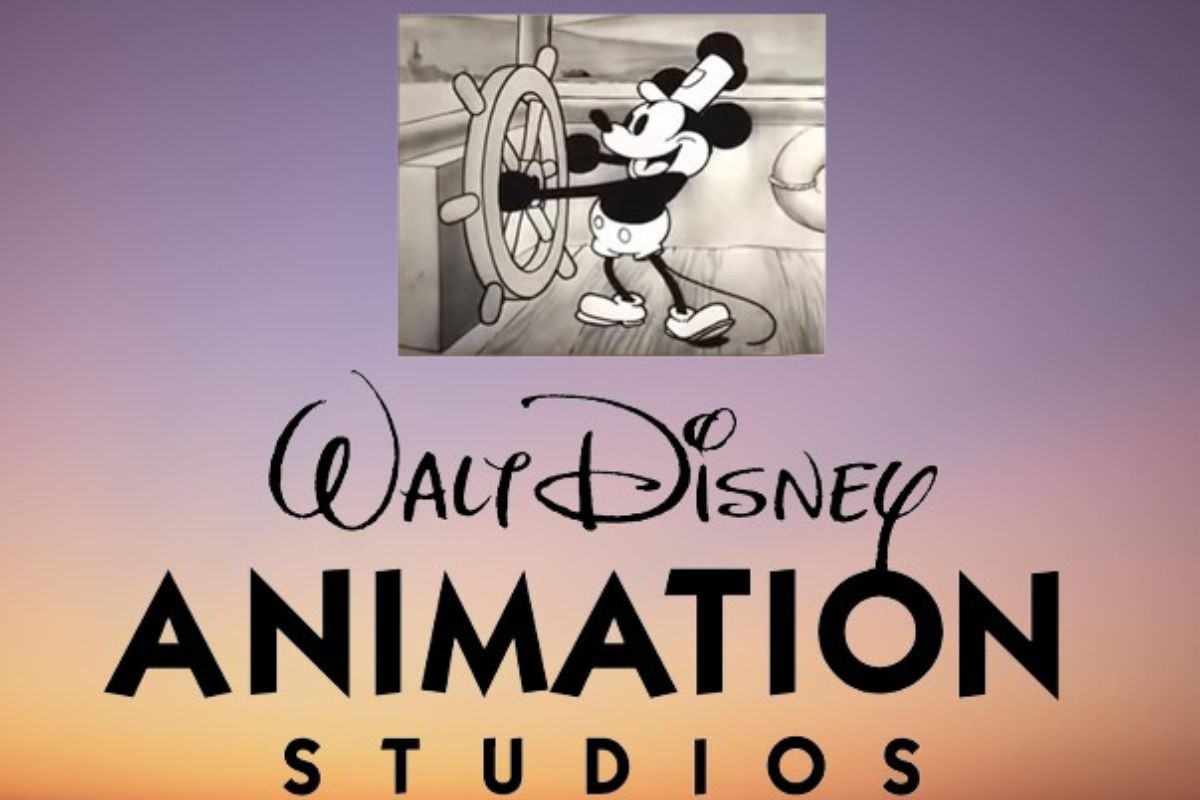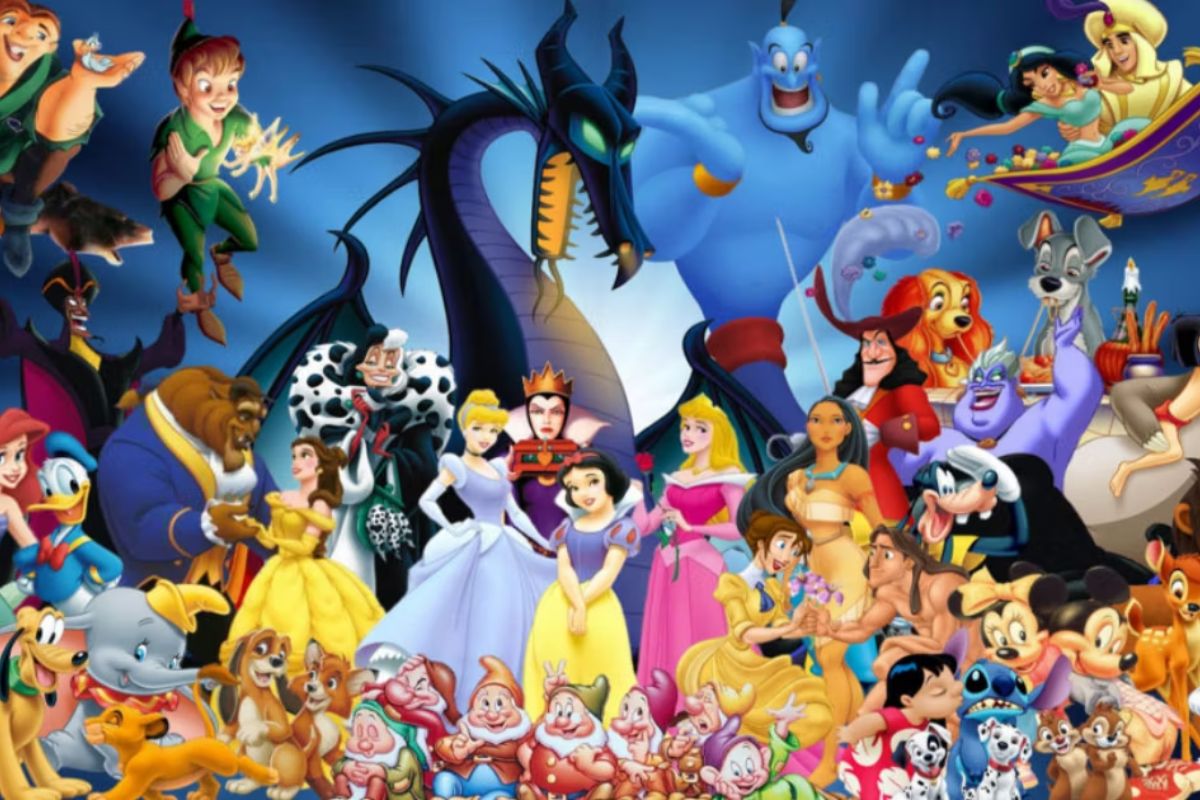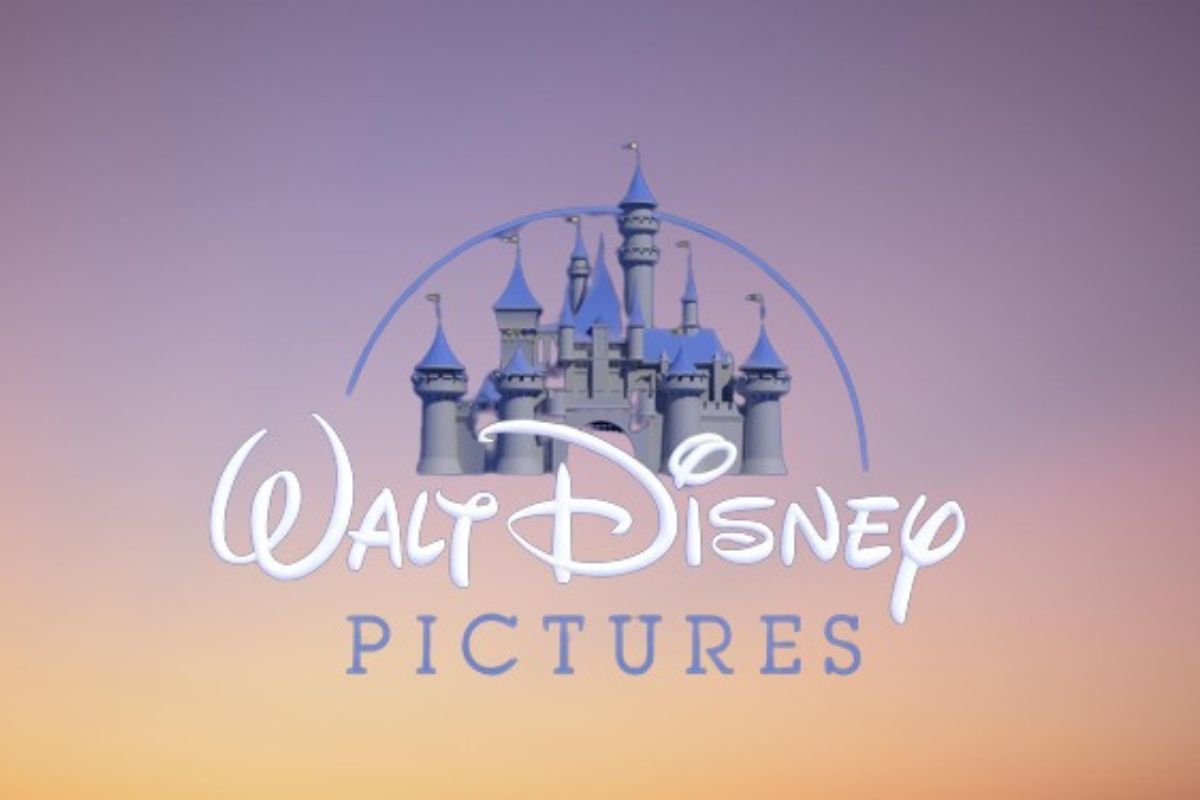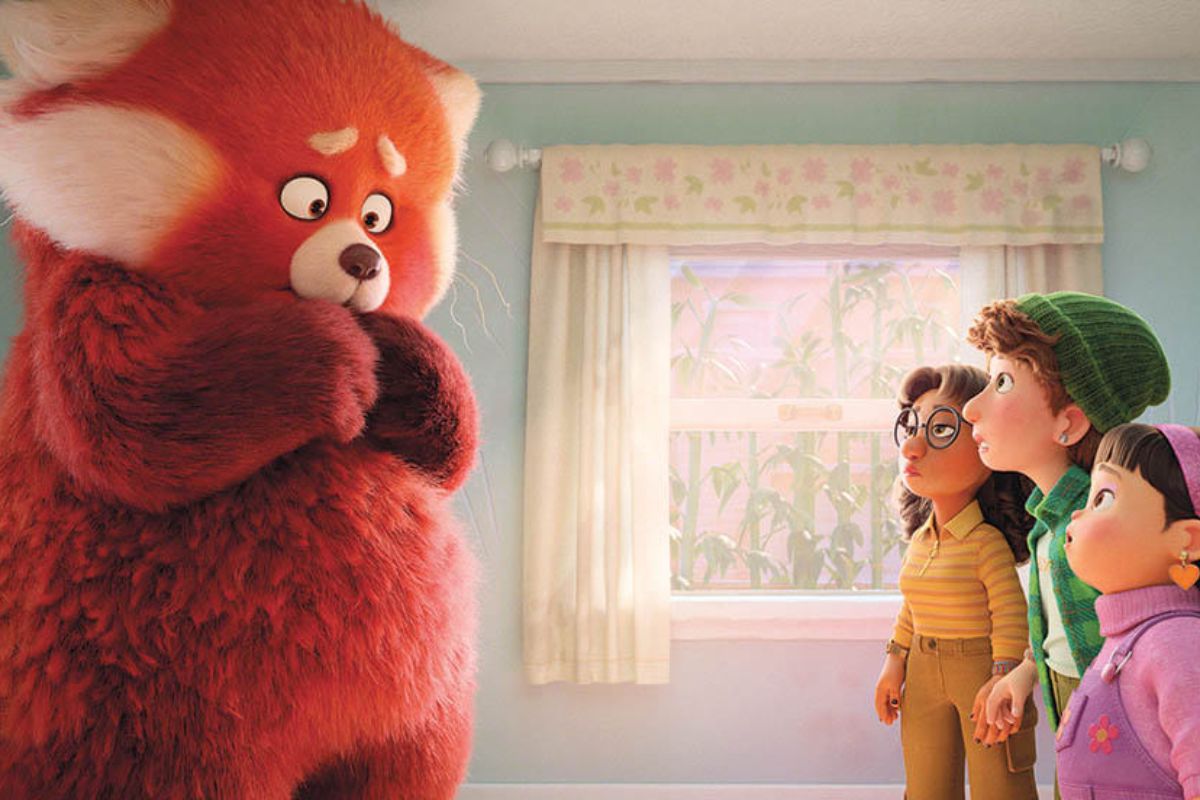Disney’s Animation Renaissance: Pixar’s recent organizational shift within Disney’s Animation Division has sparked anticipation and speculation about the impending workforce changes.
As the renowned animation studio faces the need for adjustments, it is crucial to analyze the implications and potential consequences of these shifts.
In this discussion, we will explore the factors driving this workforce transformation, the challenges faced by Pixar in the past, and the implications of Disney’s acquisition on the future of animation.
From job cuts to surplus staff dilemmas, this article aims to shed light on the intricacies of this organizational shift and its impact on the animation industry at large.
Key Takeaways
- Pixar Animation Studios is preparing for a workforce adjustment due to the completion of certain projects and the surplus of staff from the expansion of streaming series projects.
- Disney is shifting towards controlling costs through licensing content from third parties, allowing them to reduce production costs and focus on core competencies.
- Pixar has faced workforce reductions in the past and demonstrated resilience and creative prowess in delivering compelling content.
- Disney’s acquisition of Pixar in 2006 transformed the future of animation, bringing together two powerhouse studios and leading to creative collaboration, technological advancements, and industry transformation.
Pixar’s Workforce Adjustment: Job Cuts Anticipated
Pixar Animation Studios, a subsidiary of Walt Disney, is bracing for an anticipated workforce adjustment as the completion of certain projects leads to potential job cuts. The studio had expanded its workforce for streaming series projects, but now that these projects are nearing completion, excess staff is no longer needed.
While earlier reports suggested a potential 20% reduction in the team, bringing it down to under 1,000 from its current 1,300 members, the exact number of job cuts remains undetermined. However, an internal source disputes the possibility of imminent layoffs.
This adjustment in the workforce highlights the dynamic nature of the animation industry, where projects come and go, and staffing needs fluctuate accordingly. Pixar’s organizational shift reflects its commitment to managing resources efficiently and adapting to changing market demands.
Also Read: Disney’s Strategic Move: ValueAct Consultation Deal Signals Proactive Business Approach
Pixar’s Streaming Series Completion: Surplus Staff Dilemma
The completion of Pixar’s streaming series projects has created a dilemma of surplus staff, necessitating considerations for job cuts. As the workforce expansion was primarily driven by the need to complete these shows, the completion of the projects has rendered a surplus of employees.
The studio now faces the challenge of managing this surplus and making the necessary adjustments. While the article specifies that these anticipated layoffs would not impact Pixar’s theatrical output, it underscores the need for organizational changes to align with the completion of the streaming series.
This dilemma highlights the dynamic nature of the animation industry, where the demand for specific projects can fluctuate, leading to workforce adjustments to maintain efficiency and sustainability.
Disney’s Strategic Shift: Controlling Costs Through Licensing
Disney’s strategic shift towards controlling costs through licensing reflects a broader trend in the content production industry. As companies seek to streamline their operations and reduce expenses, licensing content from third parties has become an attractive option. By licensing shows and movies instead of producing them in-house, Disney can cut down on production costs, including staffing and infrastructure. This allows them to focus on their core competencies while still providing a wide range of content to their audience.
To illustrate the impact of this shift, consider the following table:
| In-house production | Licensing |
|---|---|
| Higher production costs | Reduced production costs |
| Requires significant resources | Relies on third-party content |
| Limits flexibility | Allows for a more diverse content library |
Pixar’s Previous Workforce Reduction and Content Challenges
- During a period of significant challenges and workforce reductions, Pixar faced the task of navigating content-related obstacles.
- In June of the previous year, the studio made the difficult decision to eliminate 75 positions, including executives linked to the underwhelming performance of Lightyear. This marked Pixar’s first major job cuts in a decade, highlighting the severity of the situation.
- Despite these setbacks, Pixar managed to find success with Elemental, a film that explored the coexistence of classical elements. The movie proved to be a hit, accumulating nearly $500 million in worldwide ticket sales.
- This success demonstrated Pixar’s ability to overcome adversity and deliver compelling content to audiences. It also showcased the resilience and creative prowess of the studio’s remaining workforce, who rose to the challenge and produced a memorable film.
Disney’s Acquisition and the Future of Animation
With Disney’s acquisition of Pixar in 2006, the future of animation was forever transformed. This landmark deal not only brought together two powerhouse studios but also signaled a shift in Disney’s animation strategy.
By joining forces with Pixar, Disney gained access to their cutting-edge technology, creative talent, and successful storytelling formula. This acquisition paved the way for a new era of animated films that captured the hearts of audiences worldwide. To understand the impact of Disney’s acquisition of Pixar, let’s take a closer look at the table below, which highlights some key elements of this transformative deal.
| Aspect | Impact |
|---|---|
| Creative Collaboration | Disney and Pixar’s collaboration resulted in a string of critically acclaimed blockbusters. |
| Technological Advancements | Pixar’s advanced animation technology enhanced Disney’s animation capabilities. |
| Cultural Influence | The merger brought together two iconic brands, expanding their global reach. |
| Financial Success | The partnership generated significant box office revenues and merchandise sales. |
| Industry Transformation and Competition Elevation | The merger reshaped the animation industry and pushed competitors to innovate. |
Disney’s acquisition of Pixar not only revitalized its animation division but also set the stage for the future of animation, where technology, creativity, and storytelling would continue to intertwine. Through this strategic move, Disney solidified its position as a leader in the animation industry, with a portfolio of beloved characters and a formula for success that continues to captivate audiences of all ages.
Conclusion Of Disney’s Animation Renaissance
Pixar’s organizational shift and Disney’s animation division’s preparation for workforce changes highlight the challenges and strategies in the ever-evolving animation industry.
Job cuts, surplus staff dilemmas, and cost control through licensing are all part of Disney’s strategic approach to managing its animation division.
The previous workforce reduction and content challenges faced by Pixar further emphasize the need for adaptability and innovation.
With Disney’s acquisition, the future of animation holds both opportunities and uncertainties.




